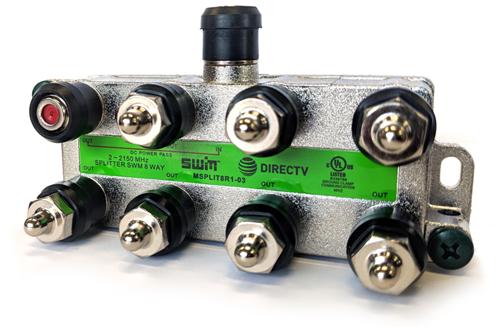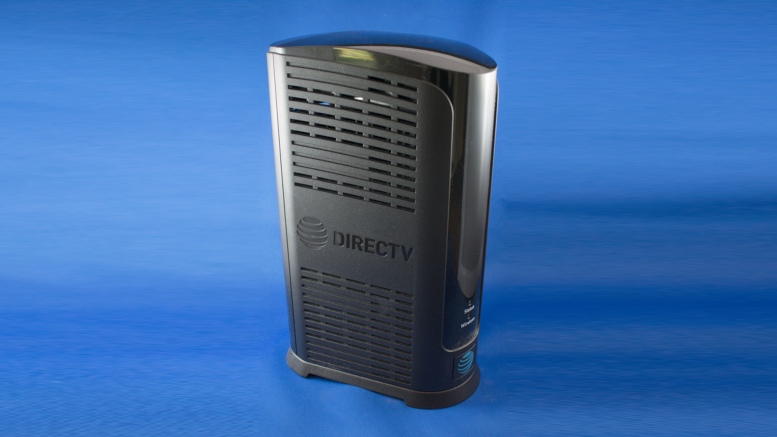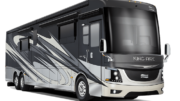AT&T has gotten very smart with the newest generation of equipment. Customers told them they didn’t want lots of black boxes. They also said they wanted fewer wires and faster installs. The latest equipment that new customers get is designed to address all of that.
If you have an H44, HR44, HR54, or HS17 (Genie 2), it’s easier than ever to avoid the clutter. These boxes have the ability to power a SWM dish without a power inserter and that can make your setup a lot cleaner. They supply enough voltage through the line to power the dish easily.
Back in the early DIRECTV days, the dishes were powered by the receiver. That capability went away when SWM technology came into play. Regular receivers can only supply about 18 volts which is enough to power a dish but not a SWM multiswitch. A SWM-enabled dish needs at least 21 volts, preferably up to 29. The latest Genies can do that. But should you use them that way, or should you use a PI-29Z power inserter instead?
When to skip the power inserter
If you’re looking for a simple installation, skip the power inserter. It’s just one more thing to put in. Cutting it out of the loop might allow you to go to a smaller splitter, which improves the signal to the DVR.
If you are in a relatively small space, for example if the DVR is within about 100 cable-feet of the dish, you’ll have great results by using the built-in power inserter.
When to use the power inserter
There are more reasons to keep the power inserter than to avoid it. For example:
External multiswitch
If you are using an external multiswitch, which can let you use your HR54 DVR along with many other receivers, you must power the multiswitch using the power inserter. It cannot be powered by the DVR itself.
Mixed Genie/non-Genie environment
In any case where you are using non-Genie receivers, I’d recommend keeping the power inserter. The dish will not receive power until the Genie DVR powers up which may cause errors if the receivers boot up faster than the Genie DVR. I
All commercial installations
Commercial installations need to be bulletproof, to really work with a lot of redundancy. Even if you are using a Genie in a commercial environment (which is rare) you should use a power inserter instead of relying on the Genie DVR
Really big house
If there are more than 100 feet of cable between the DVR and the dish, you should put a power inserter in the system. That 100′ isn’t a hard and fast rule but remember voltage drops over distance and you want to make sure the dish gets all the power it needs
Guidelines for installing the system, with and without the power inserter

All DIRECTV splitters have one port with a red center. It is always the left or top-left port. This is the only port that carries power as well as signal. So, you must put whichever device is providing power into that port. If you want the DVR to power the dish, connect it to that port. Otherwise connect the power inserter to that port.
If you are connecting one splitter to another, make sure that wherever you put the device providing the power, it’s connected to the red port on the closest splitter, and that splitter is connected to the red port on the next splitter in, and so on and so on.
If you don’t want the Genie DVR to power the dish, make sure it is not connected to the red port. This will block voltage and the DVR will stop providing it.




